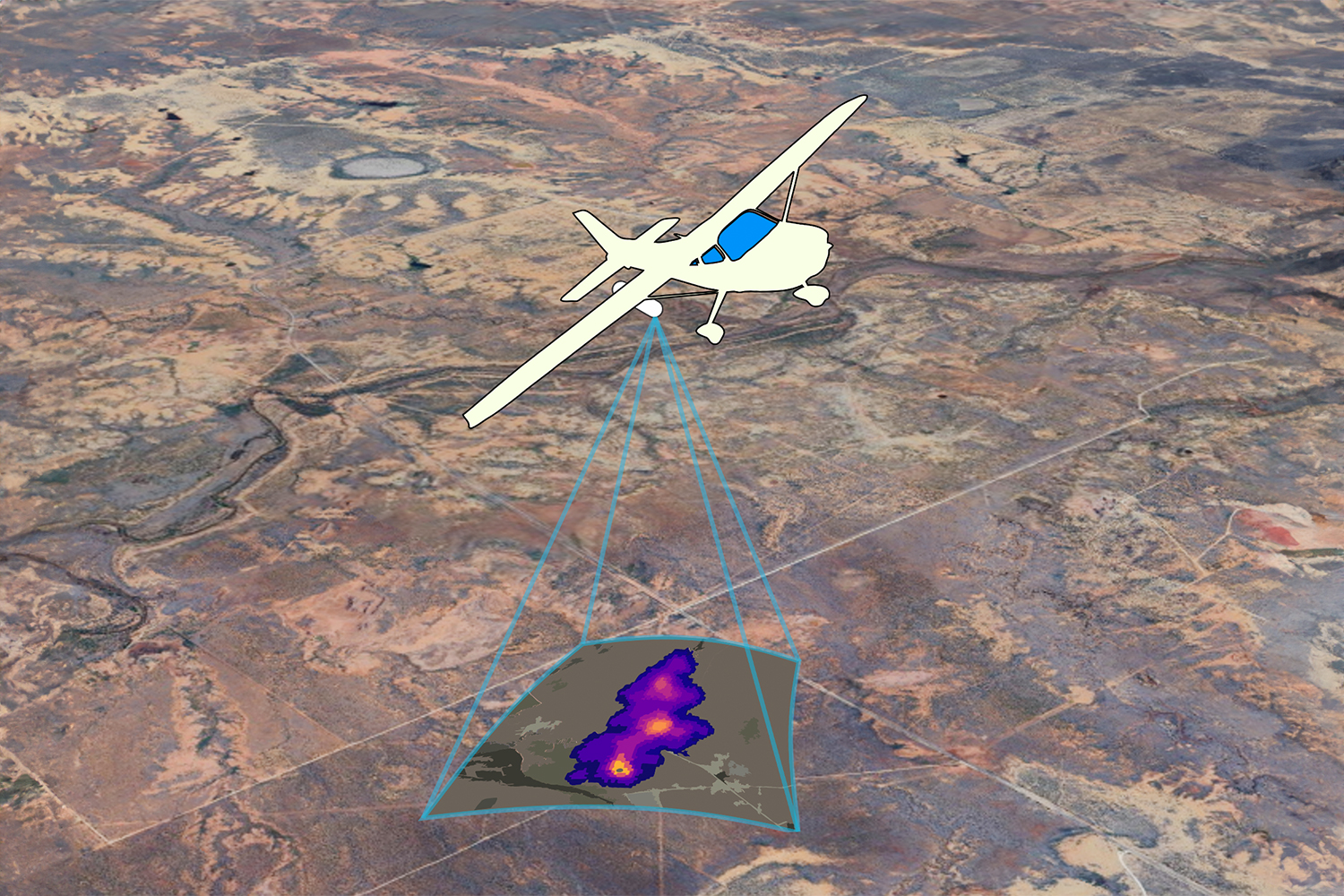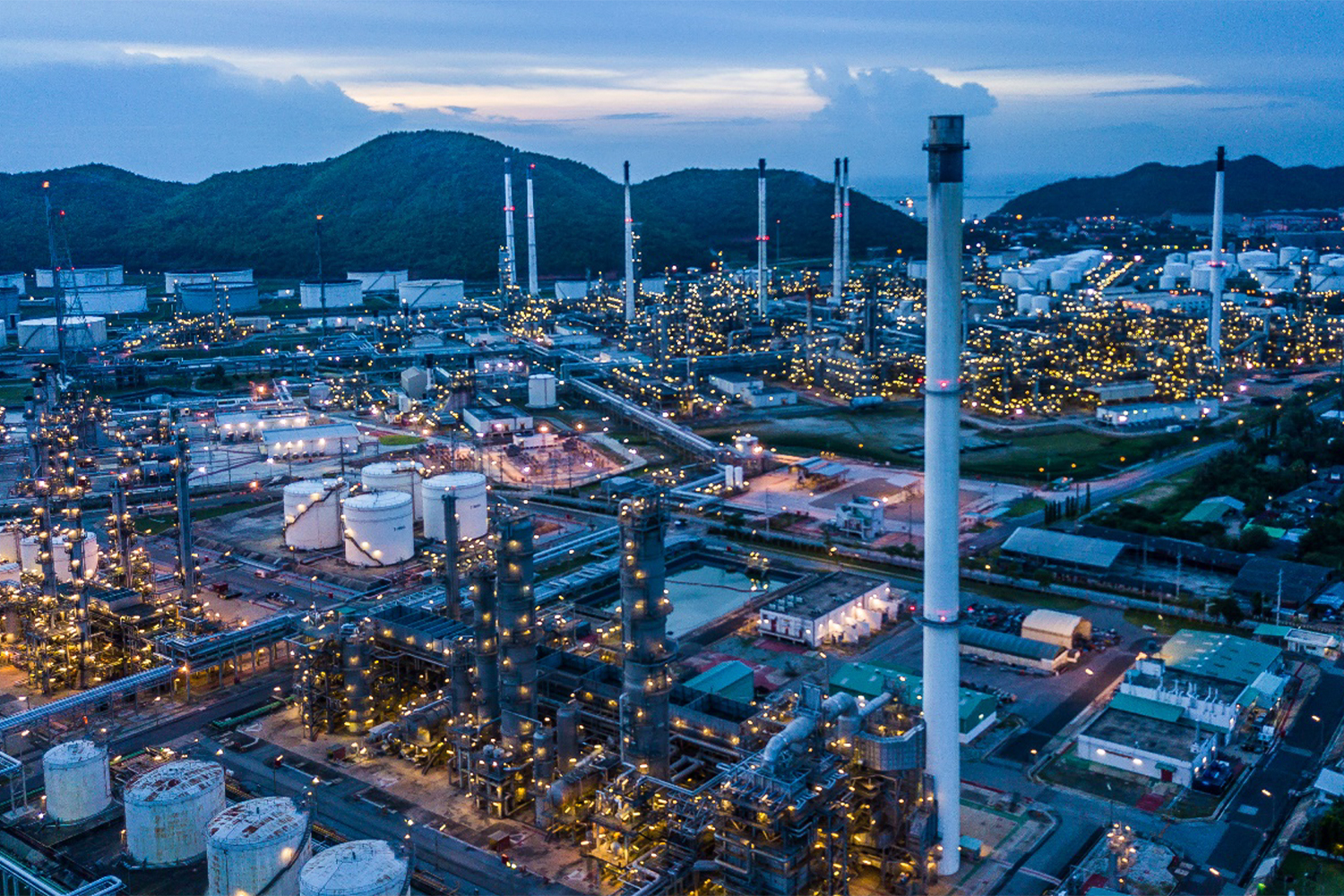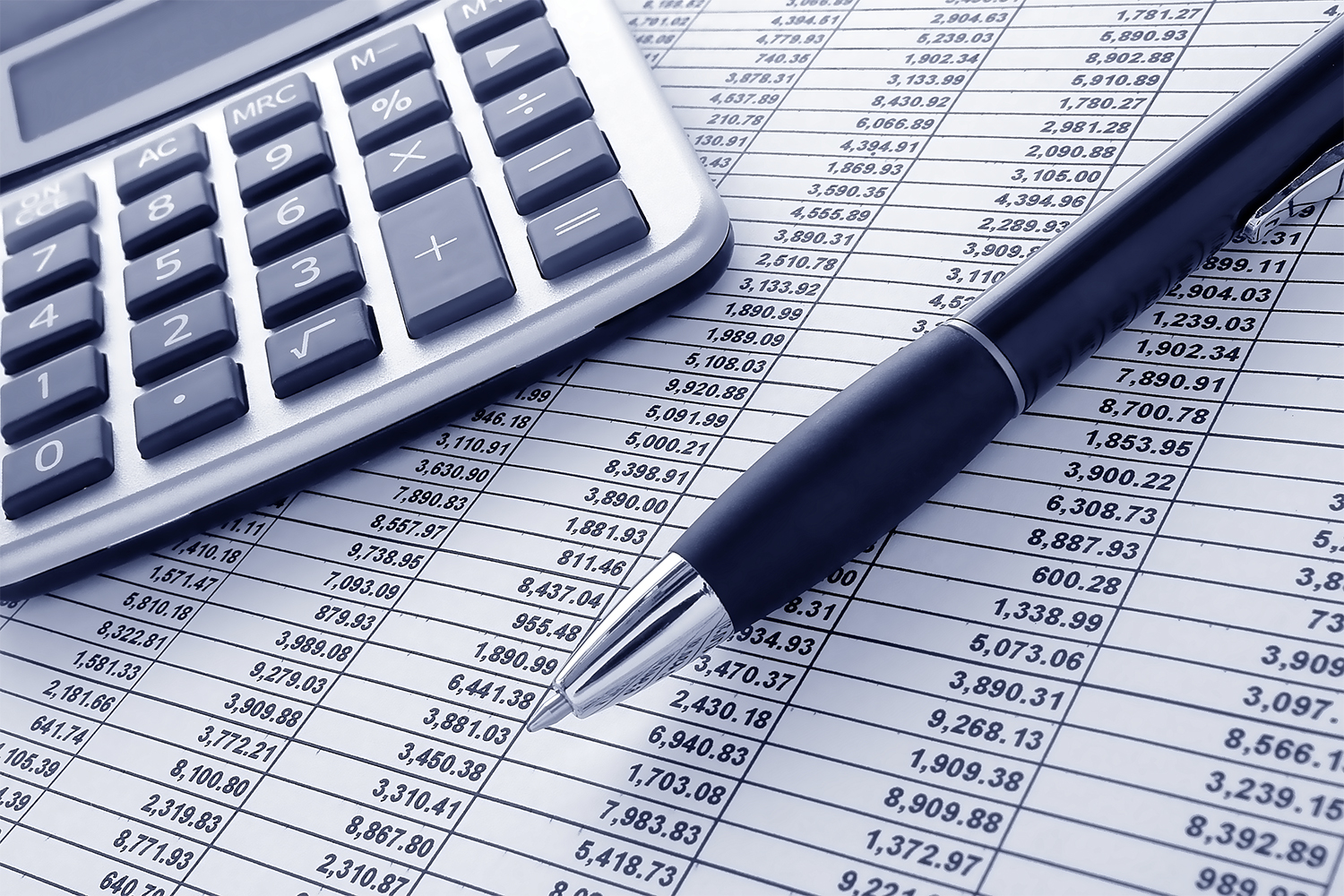With 130 oil and gas companies representing assets in 70 countries, OGMP 2.0 member companies now account for almost 40% of global oil and gas production and over 80% of Liquefied Natural Gas (LNG) flows. From 2022 to 2023, OGMP 2.0 saw 86% growth in participation, including some of the largest global oil and gas players.
In our previous article, ‘Why OGMP 2.0?’, we highlighted some of the reasons we believe there has been a strong uptake in OGMP 2.0 participation, notably:
- Alignment with the UN = global credibility
- Measurement Informed Inventory (MII)
- Regulatory compliance and risk mitigation
- Driving operational excellence
Is OGMP 2.0 right for your organization?
OGMP 2.0 is a commitment that requires strategic planning, implementation, and support across the organization to meet defined targets and timelines. Participation may require additional resources including expertise and cost, however, OGMP 2.0 also offers opportunities within the organization and externally. In this article we highlight some considerations to help you decide if this is the right path for your organization based on the feedback we receive from clients through the decision-making process. OGMP 2.0 might be a good fit for you if any of the following scenarios describe challenges you are currently facing.
Managing Multiple Regulatory Jurisdictions
For companies that span multiple regulatory jurisdictions, managing different requirements can become a challenge. OGMP 2.0 can provide a solution that currently meets or exceeds most regulatory requirements by providing a standardized platform to manage and report emissions at a corporate level. Participation includes access to a global community of practice and resources through conferences and quarterly workshops on technical topics. It provides an opportunity to share knowledge and be heard on future requirements, which may ultimately guide industry changes.
Stakeholder Pressure
Stakeholder pressure is increasing to credibly define, quantify, and track ESG performance. Stakeholders may include banks, insurers, landowners, shareholders, regulators (both operational and financial), employees and buyers. OGMP 2.0 provides a platform of credibility and defensibility that demonstrates to stakeholders that members are managing emissions responsibly and demonstrating continuous improvement (reduction) on the path to gold standard.
How Do We Get Recognized for Going Above and Beyond?
Has your organization already been going above and beyond regulatory requirements but not being recognized for it? OGMP 2.0 provides a platform for you to showcase performance and get credit for your efforts. Backed by the United Nations Environment Programme (UNEP), OGMP 2.0 offers alignment with global groups like the Environmental Defense Fund, European Commission, Climate and Clean Air Coalition, and the Clean Air Task Force. New European regulations, which are built on OGMP 2.0 requirements, add increased transparency requirements on imports to determine whether or how export companies or countries are using MII’s. As Canada looks to commercial LNG operations in 2025, companies who participate in MII initiatives can distinguish themselves to potential European markets.
It’s The Right Thing to Do.
Whether the drive to join OGMP 2.0 comes from the C-suite, operations, or external pressure, we have also heard that the decision to participate comes from an obligation to do the right thing. As numerous studies have shown, moving to an MII demonstrates that bottom-up inventories consistently show inaccuracies. Despite the fact that methane in the atmosphere has a shorter lifespan, the Global Warming Potential is approximately is approximately 28 times greater than CO2 (over a 100-year timespan)1. As the world strives to meet the goals of the Global Methane Pledge, reducing methane emissions is the fastest way to slow climate change in the near term. By aligning with an MII based initiative, companies can get closer to knowing their true emissions profile and chart a path to true and credible reductions.
How Highwood Helps
What’s the roadmap to L4/L5? What are the technological options? How much do I have to sample? What OGMP 2.0 Level are we at now? What’s the gap? Highwood can help answer all your questions through our OGMP 2.0 Preparedness Review.
Identify and Map Commitment Targets
We work with you to establish corporate intensity and absolute emissions targets and outline a trajectory and timeline from your status to goals, providing options and timelines to meet the Gold Standard designation.
Methodology & Level Reporting Review
We will assess the best practices for procedure, data collection and record keeping required for your regulatory jurisdictions. We review current methodologies, measurement and detection programs to assign an OGMP 2.0 reporting level to each source category within each asset business unit. We will make recommendations to ensure you meet those requirements and identify additional best practices required for OGMP 2.0.
Inventory Assurance Review
We assess your existing inventory to understand your current baselines, protocols and methodologies, and identify any compliance gaps to regulatory guidelines and OGMP 2.0. We assess materiality of each source-level category per asset, and each asset within the company portfolio, working with asset teams to understand feasibility of each source category measurement option for meeting Level 4.
Recommendations
We know how to break down that guidance into defined steps for you to move forward. We can take your commitment targets and incorporate inventory, technology and measurement plans for you to execute. As per the gaps identified in the analysis through execution of the above steps, Highwood will provide recommendations for closing the gaps to meeting Level 4 reporting.
Whether you are thinking about OGMP 2.0, or already committed, Highwood can help you plan your path to Gold with confidence.
Stay tuned for part 3 (“We’ve joined OGMP 2.0, now what?”) of this mini-series to learn more. In the meantime, check out Highwood’s OGMP 2.0 services or contact us to set up a brief chat.
1 IPCC Fifth Assessment Report (https://archive.ipcc.ch/pdf/assessment-report/ar5/syr/SYR_AR5_FINAL_full_wcover.pdf – see Box 3.2, Table 1 | Examples of emission metric values from WGI a.






